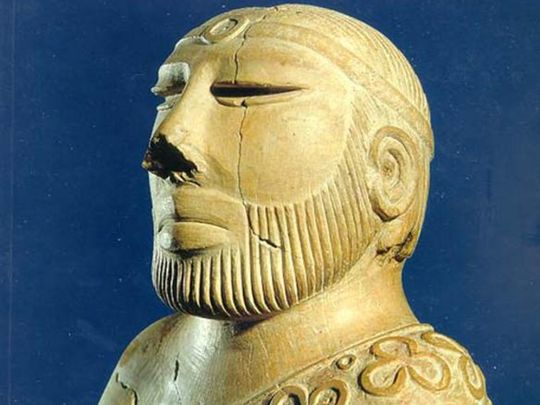
We know about ancient Egypt, Rome, Greece, and other civilisations because they left proof of their culture, educational and political systems, religion and more. But there existed other civilisations that once flourished, and then disappeared.
Click start to play today’s Spell It, where we learn how cities that once enjoyed much ‘success’ vanished without a trace.
For centuries, legends about these places existed, but it’s only recently that archaeologists have begun discovering their long-lost secrets. Here are some findings, according to a December 2022 report in the National Geographic:
1. Indus Valley metropolises
At its height, the Indus Valley civilisation, which reigned between 2,500BC and 1,700BC in modern-day India and Pakistan, was as powerful as Mesopotamia or Egypt. It was the largest of the three, and even though Mesopotamia and Egypt were able to develop, and merge with other cultures, the Indus Valley civilisation collapsed and vanished. Its two main cities, Harappa and Mohenjo-Daro, were once home to around 50,000 people, who worked as artisans, merchants and farmers. They had a literate culture, with an elaborate script that is still largely undeciphered, and their lands near the Indus River were highly fertile. They were responsible for several important innovations, like standardised weights and stone seal carvings. Although it seemed like a civilisation that could have spread and conquered lands around it, in 1,900BC, invaders successfully wiped out the great city of Mohenjo-Daro. Archaeologists think heavy monsoons may have driven the civilisation into the hills, although they are continuing to dig, looking for clues about the mysterious end of this thriving civilisation.
2. Tanis
Once, Tanis was the capital of 21st dynasty Egypt, and a flourishing commercial centre. But when the river Nile shifted its course, the city seems to have disappeared beneath the sands. In 1939, archaeologists discovered a royal tomb complex in San el Hagar (modern-day Tanis), full of gold masks, jewellery, and other treasures to rival the tomb of King Tut. But that seems to be just the tip of the iceberg – infrared satellite imagery recently found that there are many more buildings waiting to be uncovered.
3. Helike
In The Iliad, Greek mythological king of Mycenae, Agamemnon, lists Helike as one of its allies. This city-state was known for leading the Achaean league, a confederation of cities, and even established colonies in southern Italy. But in 373BC, Helike suffered a natural disaster. According to historians, for five days, all sorts of creatures deserted the region for higher ground. Then, an earthquake hit and the city collapsed, while ocean water poured in, killing all its residents. The city became a place of legend, and faded into history, with many forgetting where it was located. In 2001, archaeologists finally found fourth century BC coins, pottery and walls, buried under layers and layers of silt, in a delta of the Gulf of Corinth. Excavations still continue, to uncover the secrets of this vanished land, which may even have been the inspiration for Atlantis.
What do you think of these ancient lost places? Play today’s Spell It and tell us at games@gulfnews.com.



